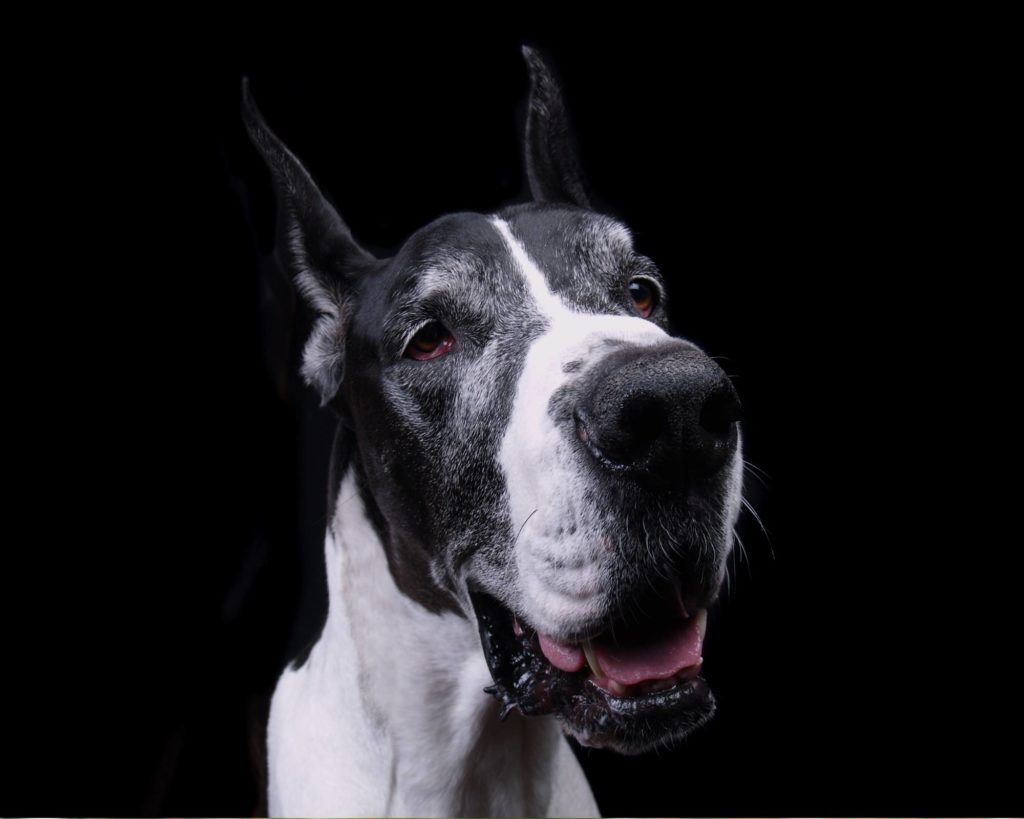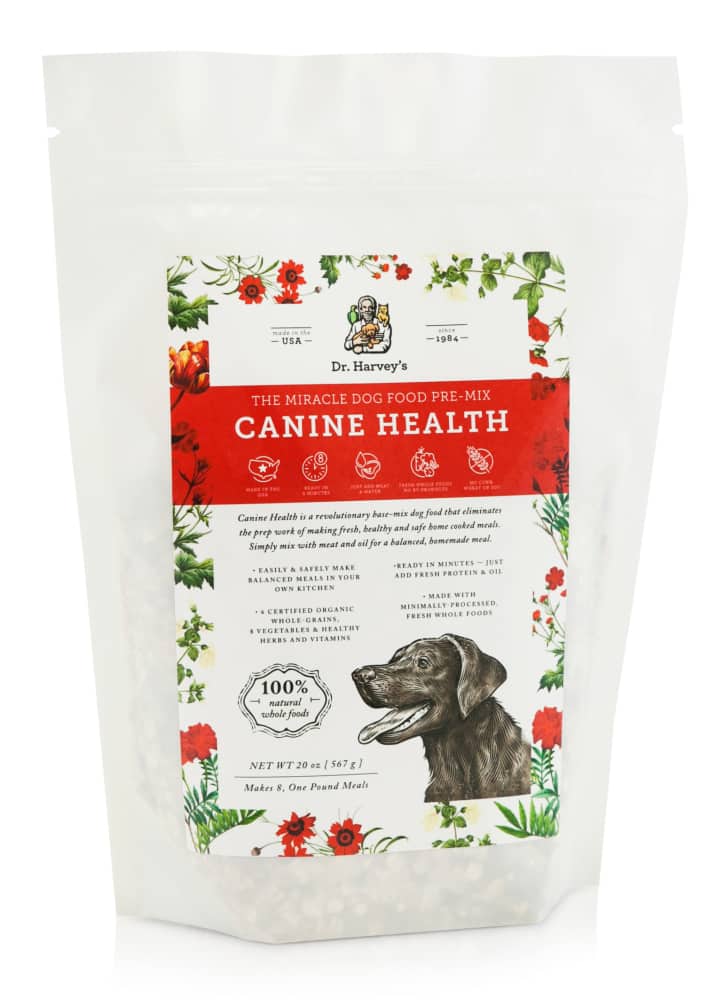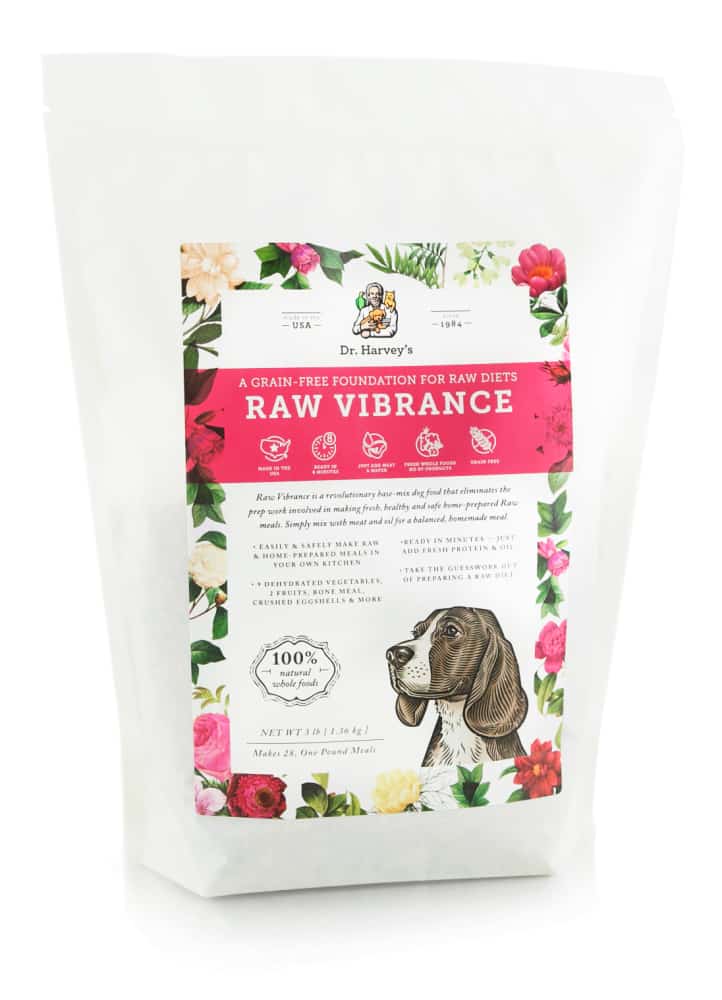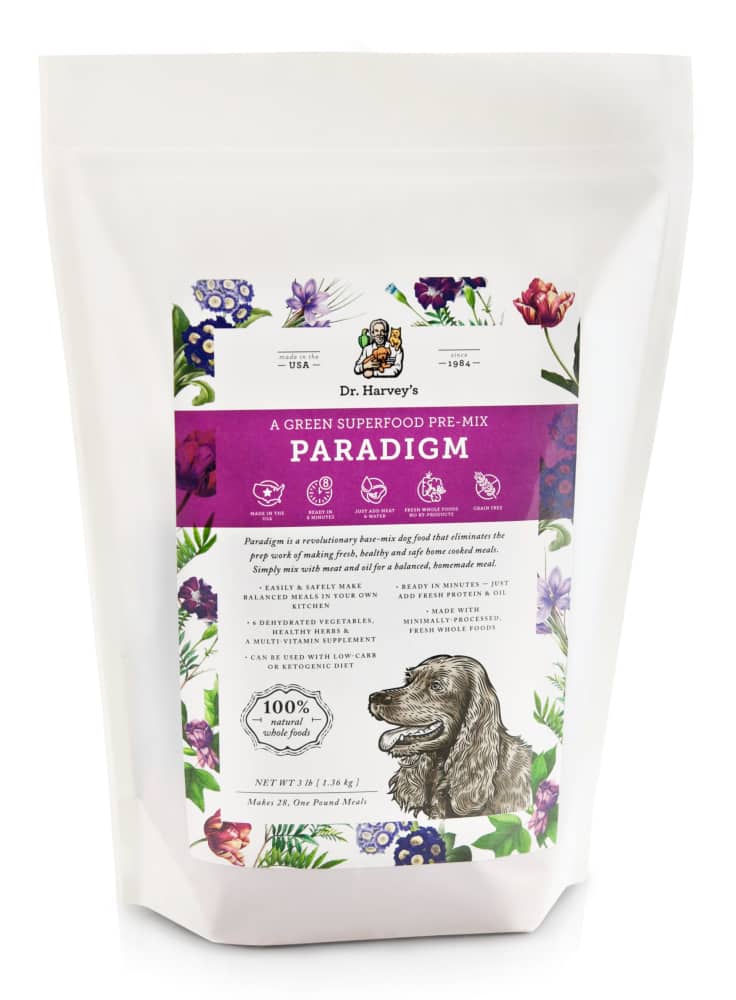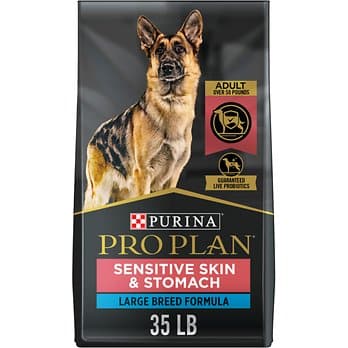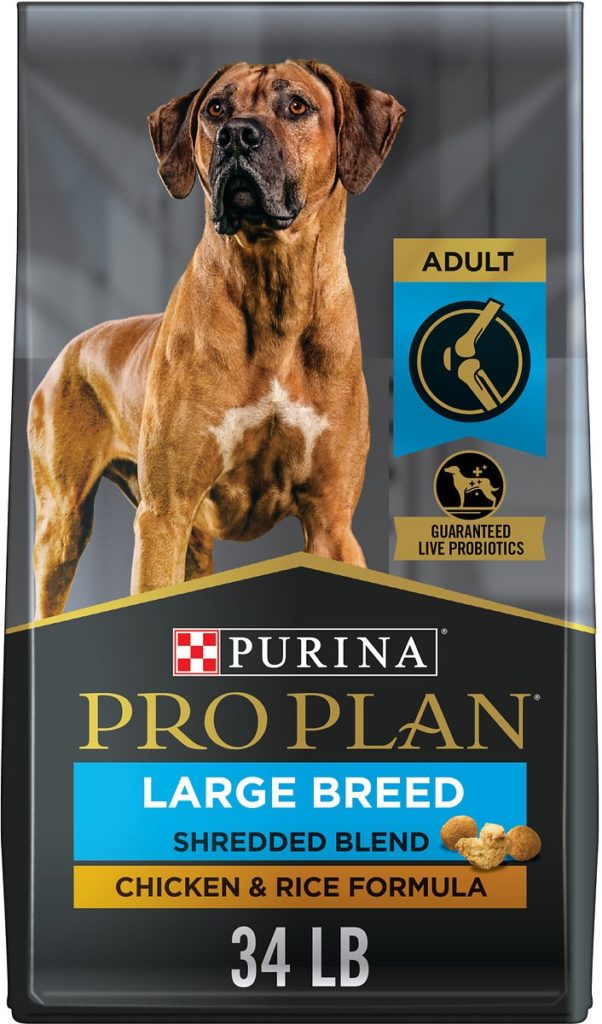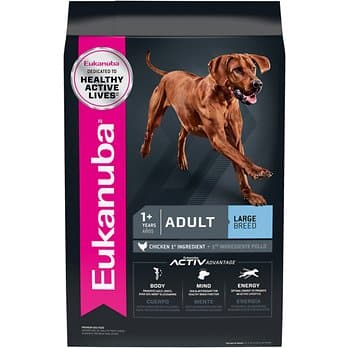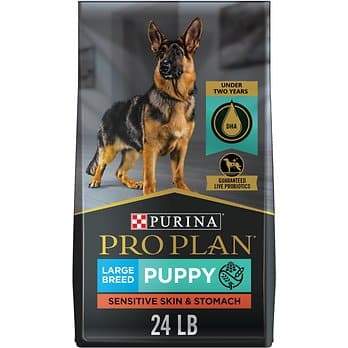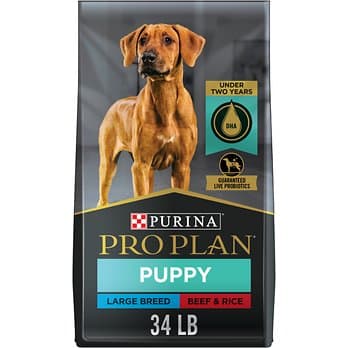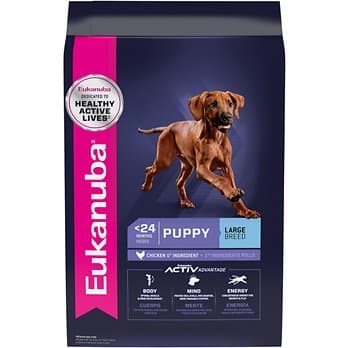Is your dog a picky eater?
Are you considering making yet another food brand switch so that your dog will eat?
Does your dog (or puppy) turn their nose up at the food bowl unless you add toppers and treats?
We need to have a chat.
It’s time to stop making your dog into a picky eater.
Yeah, I’m going there. I said it.
Picky, overweight, and food-fussy dogs are caused by, you guessed it, HUMANS!
It’s our fault. We did this to them. Today we’re going to talk about why this happens and how you can turn your picky eater around, once and for all!

Help, Why is My Dog a Picky Eater!
We see this often in the dog community.
You may be one of those people!
Post after post from dog owners whose previously voracious puppies and dogs have suddenly ‘become picky’, ‘stopped eating’, or are rejecting their meals.
We have this inherent desire, as humans, to feed animals.
Even when they don’t want to be fed.
A common response to picky eating in dogs is to add toppers or treats such as canned food, chicken, ground beef or raw food.
Many other people switch brands on repeat, trying to find a food that “doesn’t cause runny stools” or “allergies”.
Both of these paths are dangerous territory, and we’re going to talk about why below!
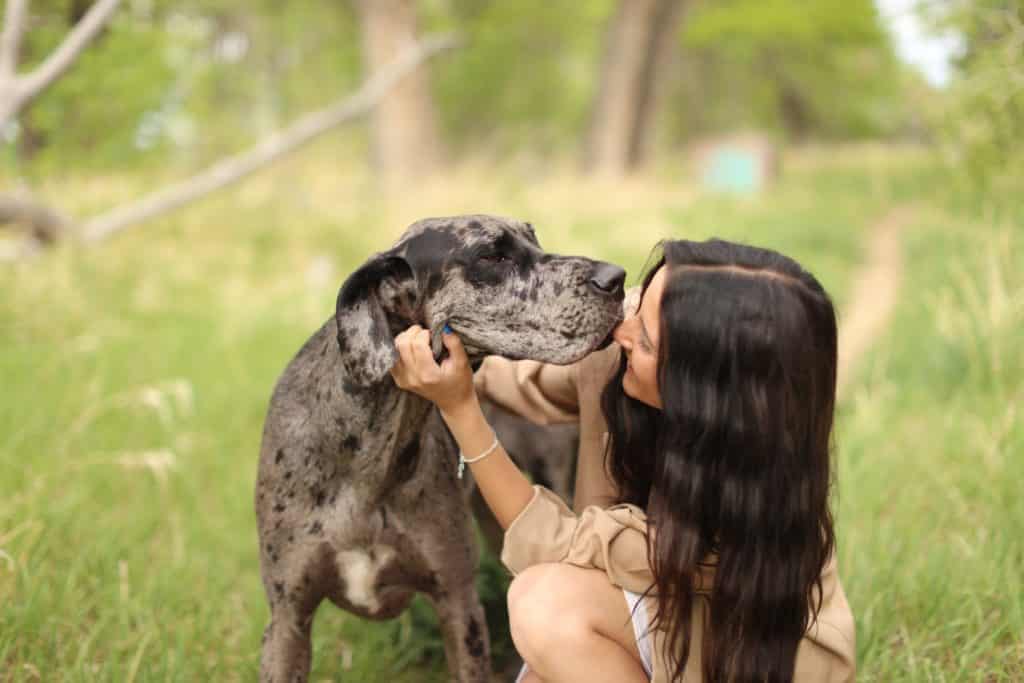
Dogs Know What They Need
It’s important to understand that biologically, most dogs know what they need.
When we try to bribe otherwise healthy (no medical problems) dogs into eating, we are basically encouraging them to over-eat.
Overfed dogs become overweight dogs, all because we didn’t trust them to moderate their own intake.
A dog’s appetite and metabolic needs will fluctuate not only during growth, but depending on the season, the weather, treats offered, and activity levels.
We should never assume that dogs need the exact same portion of food every single day.
Humans don’t eat like that, why would dogs?
Around 7-10 months of age, many Great Dane puppies drastically reduce their food intake. This happens in line with the natural slowing of the explosive growth that happens from birth to 6 months.
Many dog owners find this alarming, and start believing that their dog has become picky.
What people don’t realize here is that their dog is actually…full.
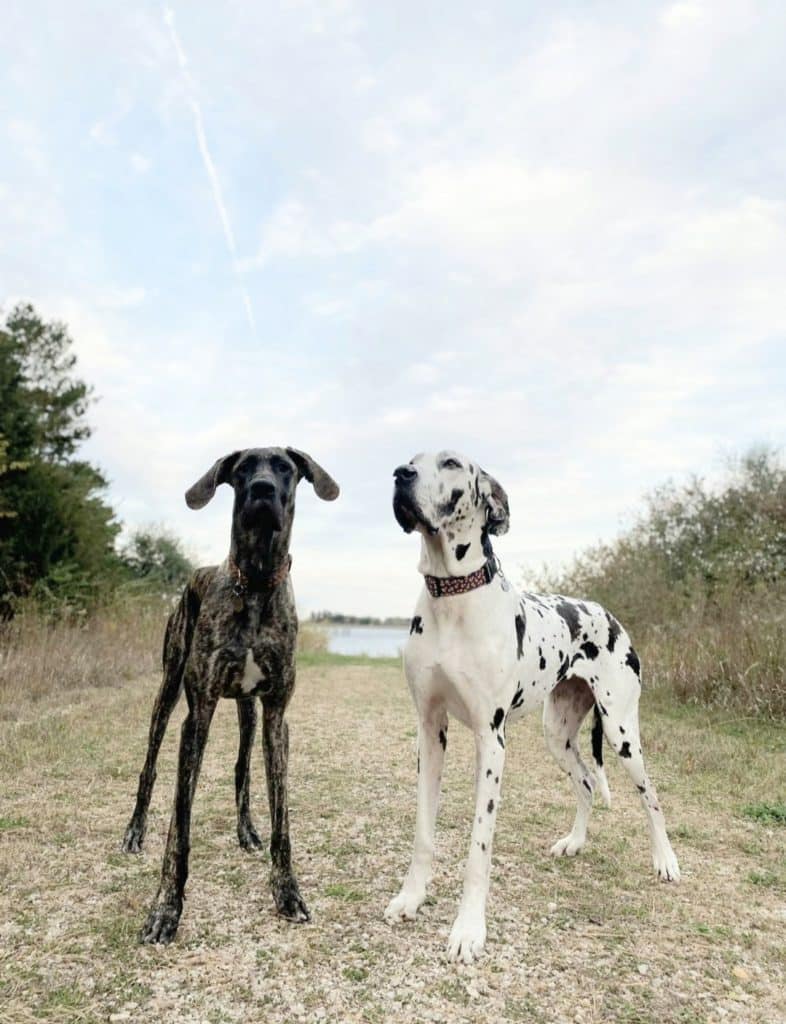
Why Bribing Your Dog to Eat is Not Ideal
Some people start adding delicious and enticing toppers to encourage their dog to eat more.
Dogs are smart. They learn pretty quickly that if they ignore their food bowl you’ll fill it up with treats.
I hate to say this, but if this is you, you’re probably being played. ?
Not to mention, too many treats and toppers can lead to health and weight problems.
Chances are, your picky eater has trained YOU.
Why Switching Foods is Bad
Many people respond to their ‘picky dogs’ by switching foods, trying to find something that ‘works’.
Their dog, encouraged by the novel taste of a new food brand, suddenly eats well and the owner is rewarded for making this choice!
Shortly thereafter, the dog becomes ‘picky’ again and the owner hunts for, you guessed it, another food.
These dogs (and puppies) often go on to develop both ‘pickiness’ AND frustrating health problems:
- Loose stools
- Itching
- Allergies
- Dull coat
- Dry nose
- Knuckling or flat feet (in puppies)
- HOD or PANO (in large and giant breed puppies)
As these health problems pop up, owners tend to believe that their picky dog must also have chicken or grain allergies.
They will often turn to wildly unreliable blood and saliva ‘allergy tests’ for answers.
Using the results of these inconsistent allergy tests and perceived pickiness, owners often switch foods again.
Unfortunately, they most often then choose dangerous boutique food brands and grain-free formulas with lots of good marketing that have absolutely no science backing them.
TOUGH LOVE TIME:
All of this food switching, bribery and unbalanced nutrition is likely the culprit behind the health issues and pickiness, NOT necessarily grains and chicken!
It’s important to note that actual grain, chicken, and food allergies are exceptionally rare in dogs. The only legitimate way to rule out food allergies is through a hydrolyzed protein food elimination trial with veterinary guidance.
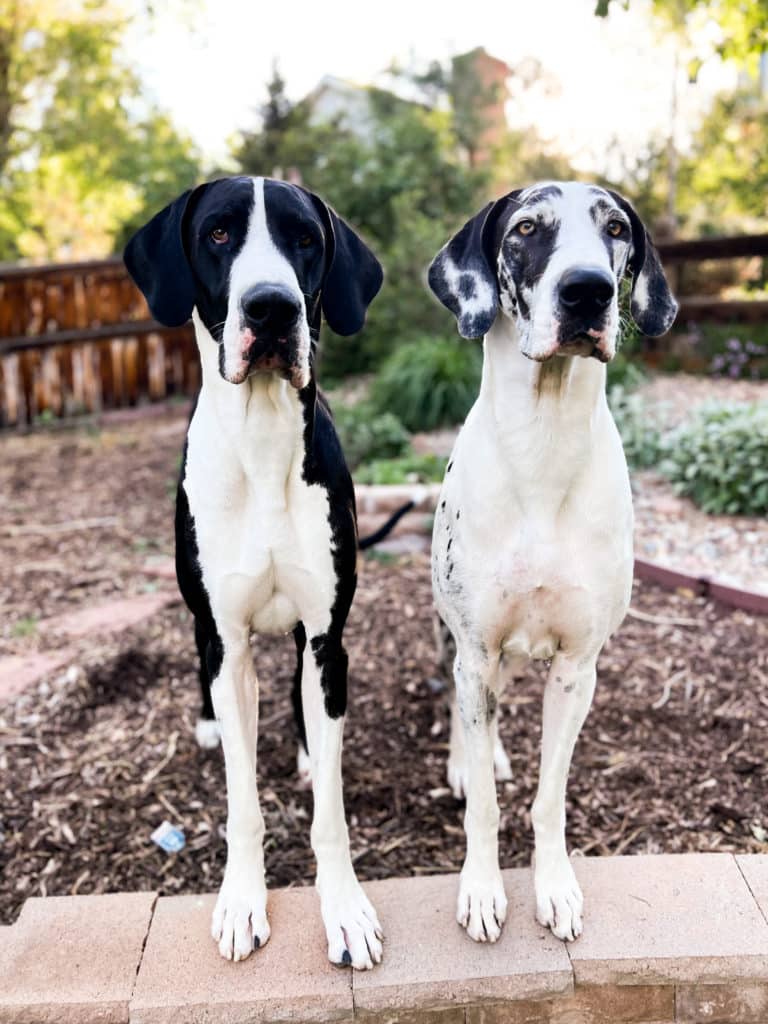
Health Weight, Matters.
Keeping your dog at a healthy weight is step one. Many people believe that their dog is underweight and needs to be bribed to eat more, when in reality, they are perfect!
Healthy weight dogs are leaner than you think. Puppies in particular can look positively gangly at times, and that is ok! If your dog is vibrant, energetic and building muscle, you don’t likely need to be concerned.
It is a rare situation when a dog actually needs to be fed more to gain weight.
That most often happens when there are medical problems at play such as parasites, malnutrition, unbalanced diets or metabolic disorders that need veterinary attention.
If you think your dog is underweight, talk to your veterinarian!
Many times a simple switch to the correct formulation (puppy, adult, or senior dog food) can help a dog build muscle and fill out a bit, too.
Here are some examples of a healthy-weight Great Danes of all ages, for reference.
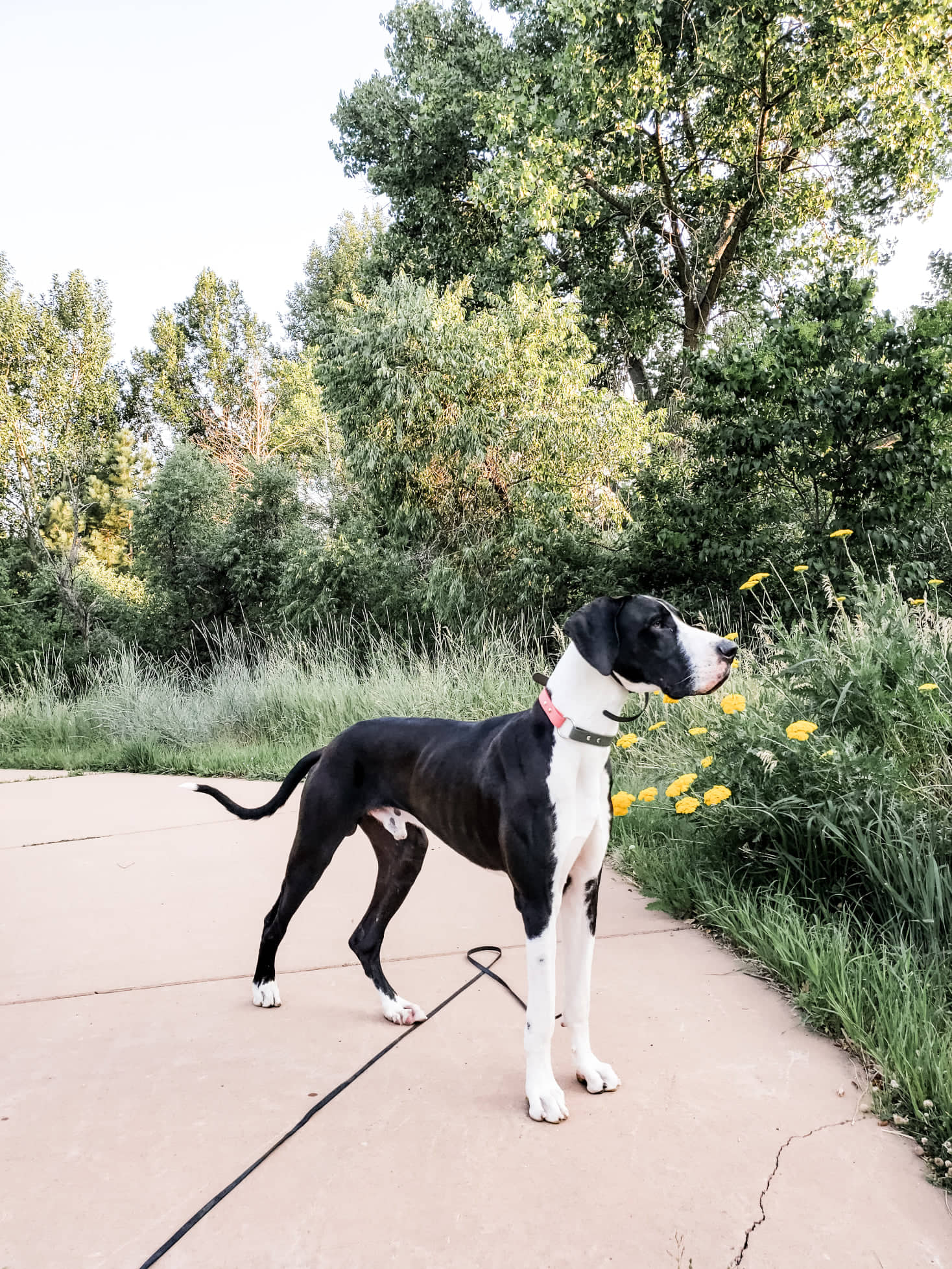
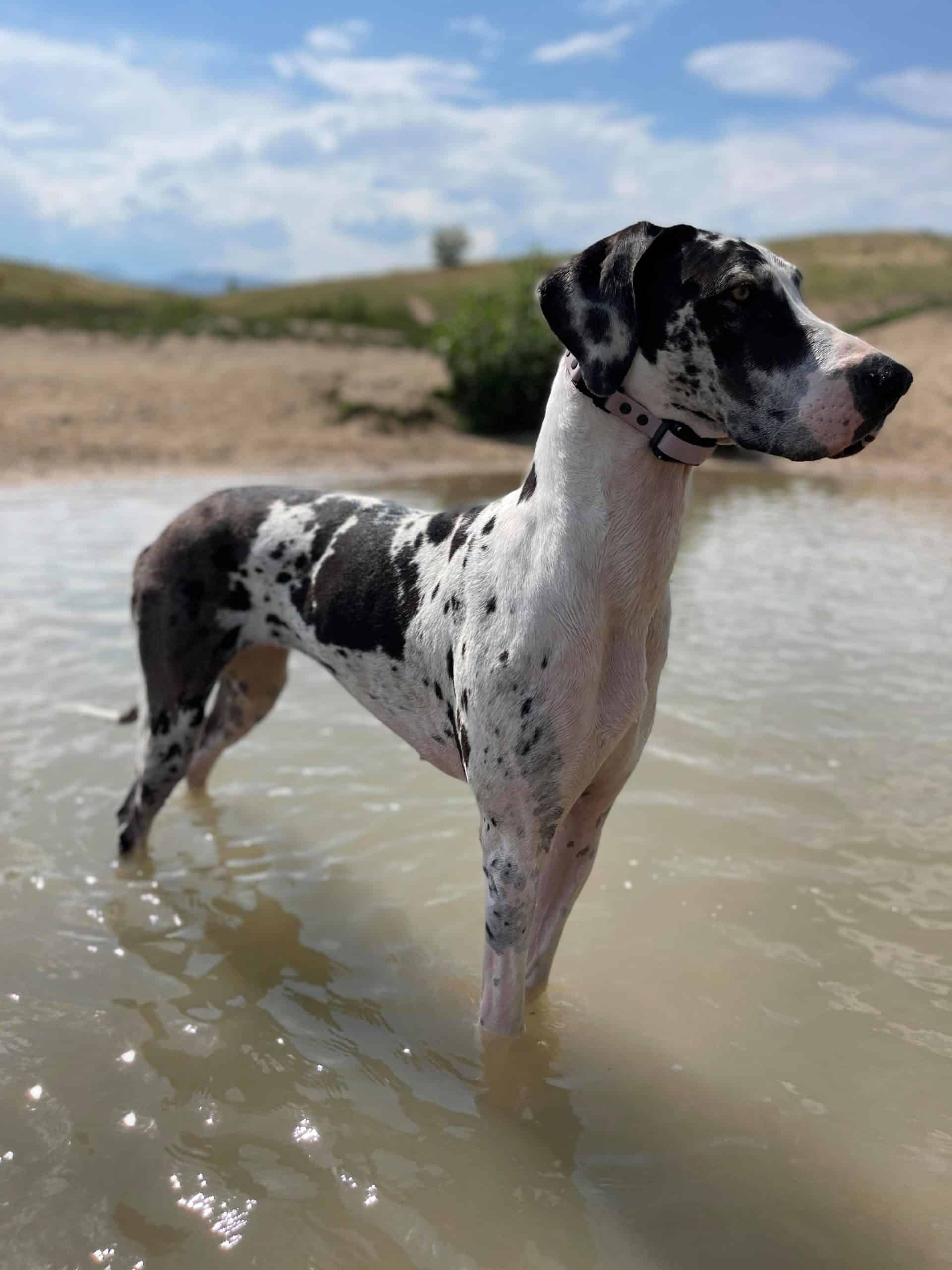



What About Toppers?
Toppers DO, however have their place. As a matter of fact, some studies indicate that the addition of fiber and fresh foods to a dry kibble diet may help reduce the risk of bloat.
We recommend adding toppers as a way to promote health, NOT as a way to bribe a dog to eat.
Our favorite toppers include balanced raw, Olewo Carrots, Dr. Harvey’s, and fresh fruit or veggies (in moderation). Keep toppers to less than 10% of the diet. We’ve linked Dr. Harvey’s below.

How do I Stop My Dog from being a Picky Eater?
Now that we understand the pitfalls of bribery and food switching, it’s time to address picky eating in dogs.
Fixing a picky eating issue requires you to change your routine and take steps towards healthier habits.
Step 1:
Talk to your vet to rule out medical issues. Allergies can be determined by using a hydrolyzed protein prescription diet paired with an elimination food trial. Giardia is a common parasite that may need antibiotics to treat. A dog with low energy, dull coat and a lack of muscle will likely benefit from both medical attention and a change to a science-backed diet.
Parasites, bad teeth, thyroid problems, heart problems, joint issues, and being overweight can lead to a reduced appetite.
Step 2:
Choose a well-balanced, professionally formulated and science-backed food brand that will have all of the nutrients and amino acids that your dog needs.
We recommend avoiding boutique pet foods; most of them do not participate in research and they are often formulated by people with little to no veterinary nutrition credentials. (For more information, read the Petfoodology Blog where boutique brand marketing is BUSTED wide open).
Our top pick is Purina Pro Plan Large Breed (Puppy, Adult or Senior depending on life stage). The Sensitive formula is perfect for dogs with icky tummies and stools. Eukanuba is another solid choice.
Step 3:
Measure your food out. Use an 8oz measuring cup and follow the guidelines on your bag of food. The amount stated will be for the entire day.
Reduce the amount of kibble by 10% if you are adding toppers of any kind. Reduce it further if you will be doing treat training. If your dog is overweight, choose a weight management formula or cut back again.
Add only enough toppers to make up the amount that you reduced from the kibble portion.
Pro tip: Grab a handful of the total amount and put it into your training pouch!
Tell yourself that it’s OK if your dog doesn’t eat all of it!
(Below we’ve linked to some balanced raw that can be used as a topper):
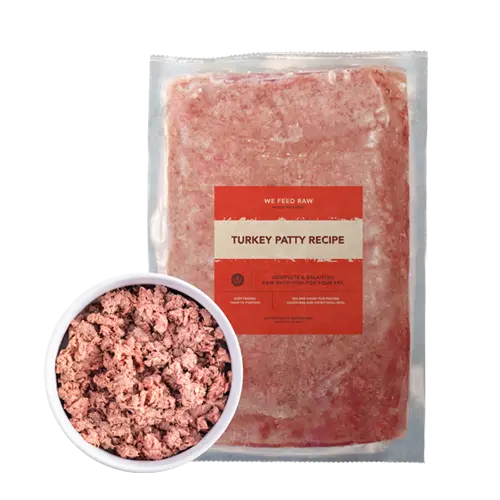
Step 4:
Dine and dash!
First, DINE: Feed your pup a portion of their daily intake and save the rest for other meals later in the day.
Then, DASH: Put the food down for your dog, walk away and set a 10 or 15 minute timer.
If your dog doesn’t eat the meal, pick it up when the timer goes off. Save it for lunch time.
If your dog does eat and seems hungry still, sprinkle in a little more from the daily intake pile.
Offer your dog a meal 2-3 times over the course of the day, but put a time limit on it. Don’t make a fuss. Don’t bribe. Don’t make it a thing.
Eliminating picky eating means giving your dog a little tough love.
Your dog will NOT let itself starve to death.
Step 5:
Rinse and repeat.
Use food in puzzles and for training! This fun enrichment can encourage eating, if you are concerned.
Stop worrying too much about your dog’s food intake. Stress is not good for us OR for our dogs!
If you are offering a science-backed diet or balanced raw, and your dog has a healthy body condition and good energy, chances are you’re doing just fine.
If you see anything else unusual, instead of switching foods again, talk to your veterinarian.
For more resources on what to do when your Great Dane is not eating, read here.
Your dog trainer will tell you the same thing.
Chances are, your dog is not picky.
This is good news for pet owners!
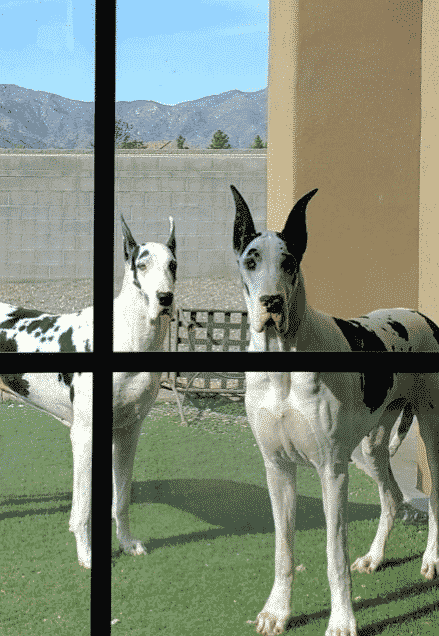
JOIN OUR COMMUNITY
Do you like modern positive+balanced off-leash dog training, science-based information, life with Danes, educated ownership and chatting with other like-minded people?
Join our growing Facebook group!
READ MORE

